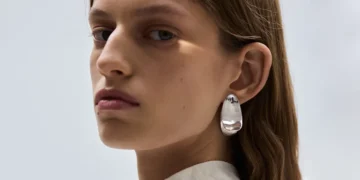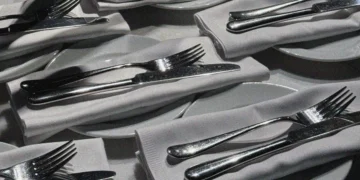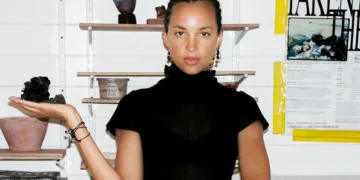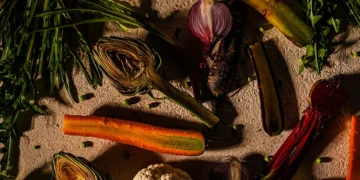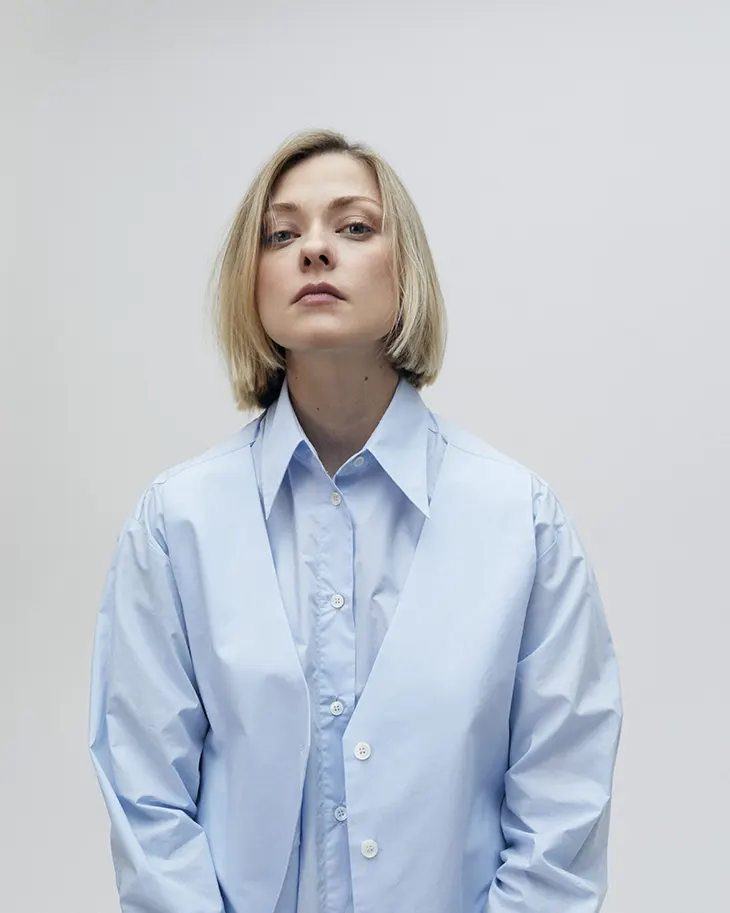
Few jewelry brands carry a manifesto as sharp as AVGVST. Founded in 2015 by Natalia Bryantseva and now rooted in Berlin, the label was born from a refusal to play into convention. AVGVST declared itself “for those who don’t wear jewelry,” offering pieces that behave more like personal artifacts than accessories. Crafted in sterling silver, vermeil, and the brand’s signature rock crystal, its designs have always drawn strength from contradiction, minimal yet loaded with meaning, delicate yet sculptural, grounded yet futuristic.
INTERVIEWS
For Fall Winter 2025, AVGVST introduces Eclipse, a collection conceived in collaboration with Brazilian-French designer Isa Kauffman. Drawing on the phenomena of solar eclipses, the line explores duality, distortion, and alignment through forms that refract light, shift perception, and hover between dimensions. Ahead of the launch, DSCENE Editor Katarina Doric sat down with Bryantseva to discuss the brand’s origins, its sculptural clarity, the collaborative process behind Eclipse, and why AVGVST remains devoted to jewelry that whispers instead of shouts.
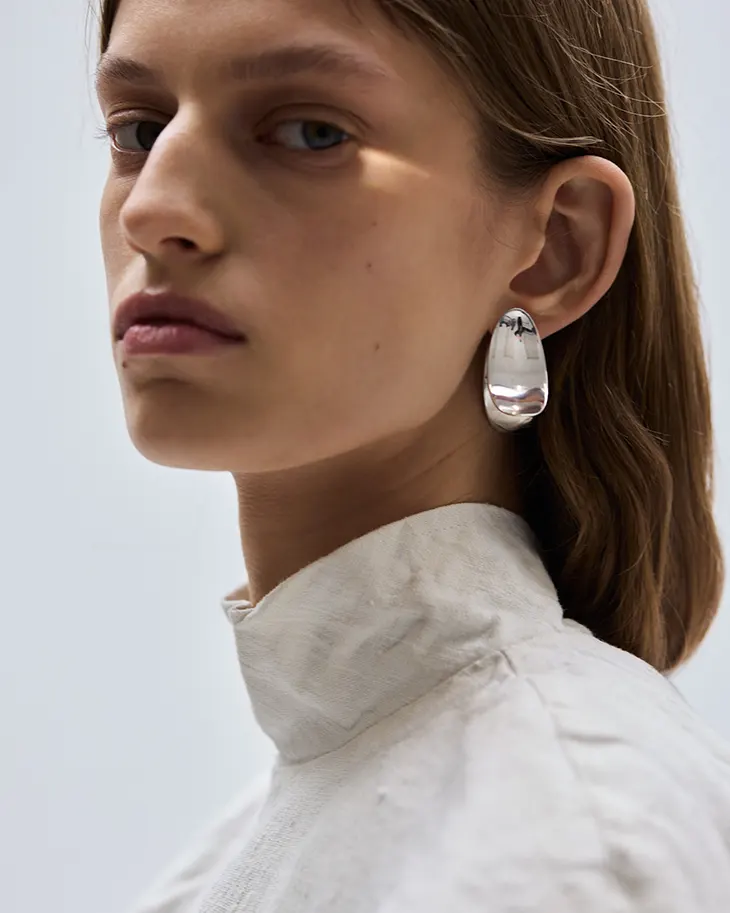
You launched AVGVST in 2015. What was the first piece, or moment, that crystallized the brand’s point of view? – It wasn’t one piece but a refusal. I didn’t want to make jewelry for those who love bling-bling or enjoy covering themselves in necklaces and bracelets. I wanted pieces that would feel as important to someone as their tattoos. No sparkle for the sake of sparkle. That’s how the positioning “for those who don’t wear jewelry” was born. The first works were with rock crystal, dedicated to the point of origin (0;0). At that time, I was fascinated by the idea of going even smaller than minimalism. We’re now preparing a re-edition of that archival capsule.
I’d rather stop at “almost too simple” than add one flourish too many. That’s the effect I always aim for.
AVGVST often reads as sculpture scaled to the body. How do you keep that sculptural clarity without slipping into costume? – By leaving things out. Costume shouts; sculpture whispers. If a line or a surface feels too decorative, I cut it away. I’d rather stop at “almost too simple” than add one flourish too many. That’s the effect I always aim for: it should feel like an artifact from both the past and the future, simultaneously.
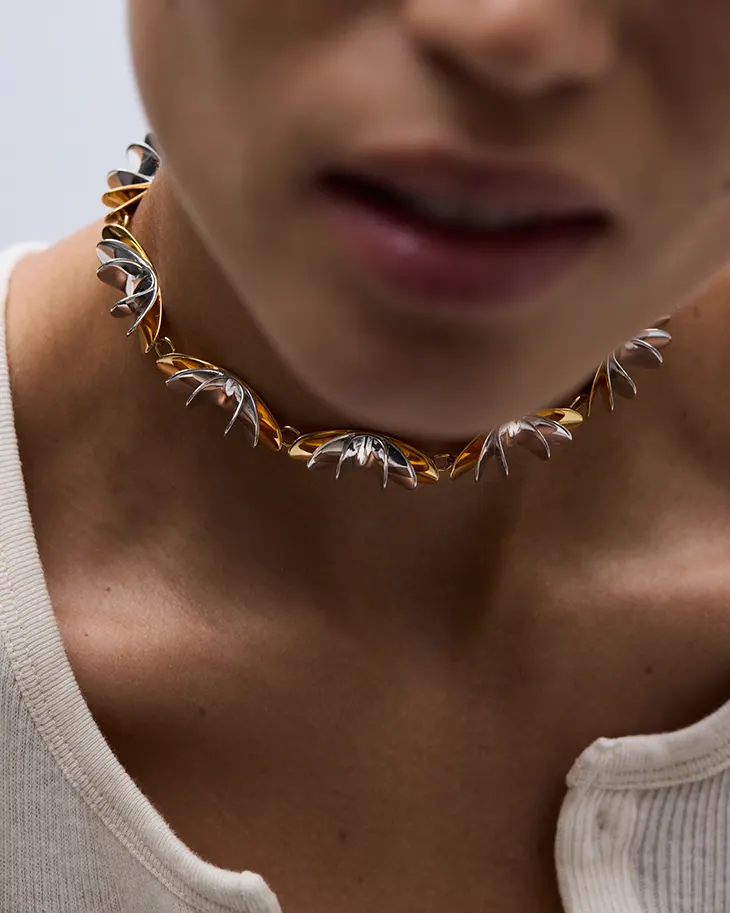
How did relocating to Berlin in 2019 sharpen your point of view? – In Berlin, we’ve focused more on research and design. Our design code has become more consistent, and we’ve found a very precise, recognizable handwriting. Once a brand starts competing on an international level, local context matters less. What matters is a design language that isn’t accidental and a quality that stands up anywhere.
Eclipse begins with the solar eclipse, distortion, duality, alignment. What was the single reference or image that unlocked the collection? – I’ll name two: Shiro Takatani’s performance Tangent, and Wolfgang Tillmans’ photograph Paper Drop (Green).
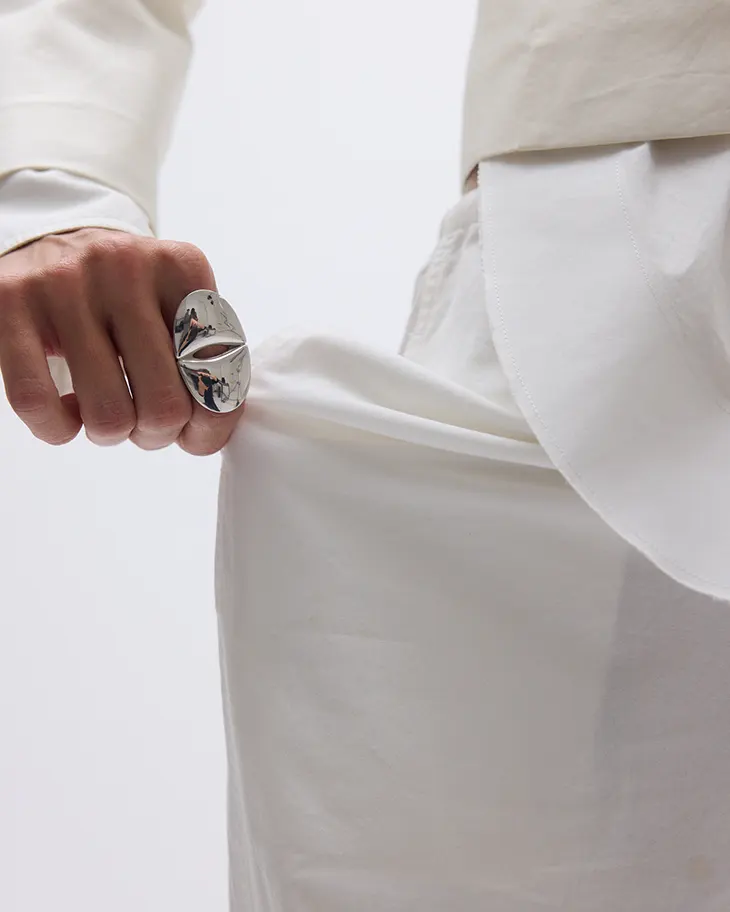
How did the collaboration with Isa come about? What conversation, reference, or moment sparked it, and what did you hope to explore together? – Every collection begins with a nerve. Eclipse is that moment when the source of light is blocked by an obstacle, you don’t know if you’ll see the light again. It mirrors how people feel now: afraid to look into the future, sensing that the real picture is hidden from us. That’s where our work began. For Isa, even such an abstract starting point was an intriguing challenge for research. We explored “the work of light” both as a physical process, the pieces are designed so that a caustic of light appears on the skin, and as an astrological metaphor.
Eclipse is that moment when the source of light is blocked by an obstacle. You don’t know if you’ll see the light again. It mirrors how people feel now.
What was it like working together day-to-day? – Mostly jokes about Brazilian moms, constant attempts to chase cats off the laptop, and a lot of joy. Like rehearsal with a good partner, you don’t know if it’s dance or theatre, but the rhythm keeps you awake.
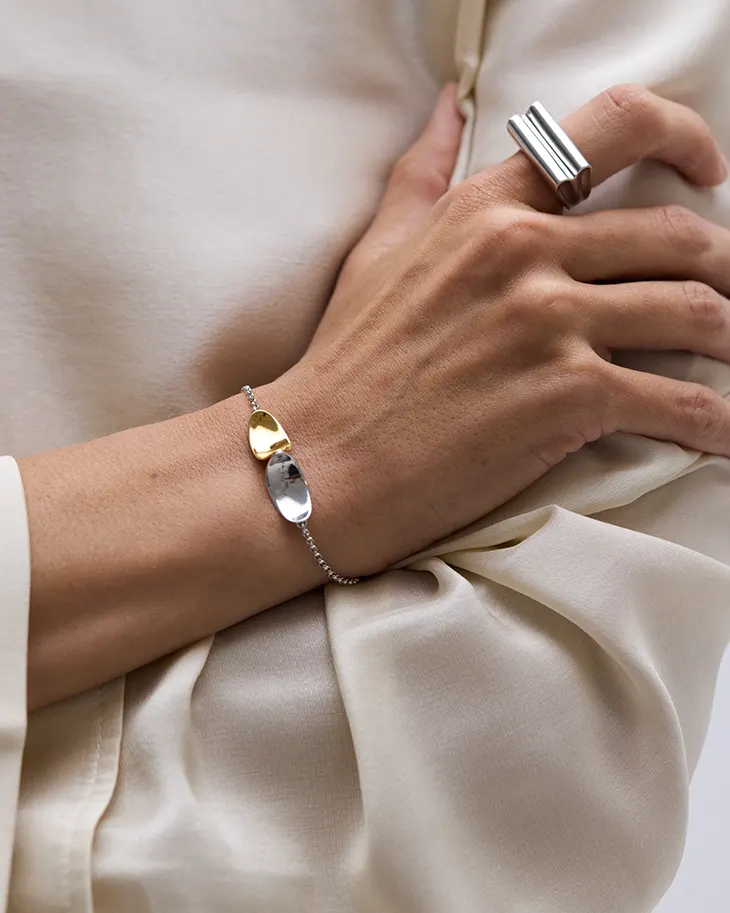
As Eclipse launches on September 4 in your Berlin flagship, what should visitors expect? – Not a showcase, but an atmosphere. The store will feel like standing inside an eclipse, half-light, mirrors, reflections. And I truly believe this collection holds pieces that are collectible in the truest sense.
What is one detail in the collection most people will only notice at second glance? – They don’t immediately understand how it’s fastened, how it opens, how the crystal is held. We use unexpected earring mechanisms and an invisible crystal setting to create the sensation of complete transparency.

What’s AVGVST’s take on sustainability today? Beyond certifications, how do you source and produce responsibly, design for longevity, and hold yourselves accountable? – We work with small family-owned workshops in Thailand and Italy, in very close connection. For us, it matters to collaborate with people we genuinely like and build real friendships with them. You could call it a traceable supply chain, but that sounds too corporate.
We also try to make our packaging reusable, not something that ends up in the trash immediately. Our paper bags don’t carry a logo, so they can live on as gift wrapping. Only our yellow color signals that it comes from AVGVST. And we stick to velvet pouches for jewelry, people keep reusing them for storage and travel.
Costume shouts; sculpture whispers. If a line or a surface feels too decorative, I cut it away.
What’s next for AVGVST? – We’re working on a collection dedicated to migration and the feeling many of us carry of being wandering travelers. Where is home? What do we take with us along the way? It’s an inner research that eventually finds its expression in design.
